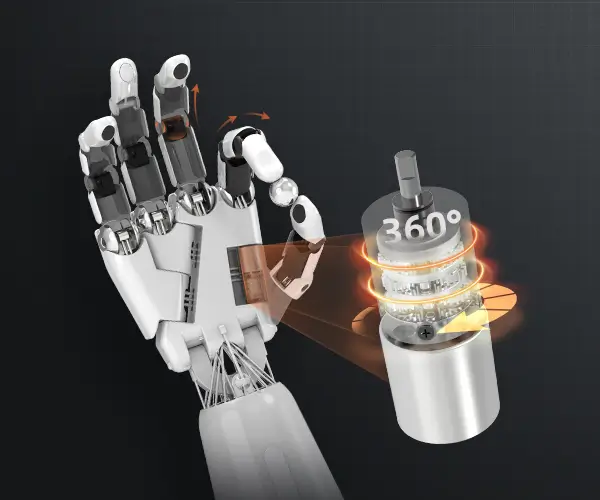Ever looked at your drone or RC car and wondered what makes that sweet power pack tick? One of the key factors is the motor—specifically, the brushless type, and even more specifically, the KV rating. It might sound like tech jargon, but once you get a grip on it, it’s like unlocking a secret code to customizing your ride’s speed and performance.

Let’s start with what the “KV” actually stands for. It’s a pretty simple idea: feels a little geeky, but it’s just the revolutions per volt. Basically, if you have a motor with a high KV, it spins faster on the same voltage. Low KV? It’s the heavyweight champ, providing more torque but spinning at a slower speed. People often ask, “Why does this matter?” Well, imagine you’re setting up a racing drone. Do you want blistering speed, or do you need that push for heavy payloads or climbing rough terrain? That’s where KV makes a real difference.
Now, picture this: you're eyeing a motor with a KV of 3500. That’s practically a speed demon, perfect for racing; it screams through the air. Meanwhile, a 1500 KV motor? It’s more about strength—lifting heavier loads, or handling rougher terrains without losing control. It’s like choosing between a sprinter and a sumo wrestler—both powerful, but built for different kinds of battles.
Some might wonder, “How do I pick the right KV for my project?” Think about your application. If you want rapid acceleration and high top speeds, go for high KV motors. But if you need control, stability, or torque, the low KV route is better. For instance, in a crawler car that moves over rocks and climbs steep inclines, low KV works like a charm—smooth, steady, and powerful.
But wait, isn’t there a magical formula? Nope. Just a cocktail of your goals, battery voltage, and motor specs. Even the same KV motor can act different depending on the propeller size or weight of your RC. Sometimes, people overlook that a bigger propeller on a high KV motor might push it into its limits, heating it up, or giving you less control. So, it’s really about balancing all these elements.
If you’re still wondering, “How does this affect my build?” the answer lies in tuning. Choose the right KV, match it with your power system, and you’ve got yourself a machine that performs like a charm. Whether you're hunting for speed, torque, or payload capacity, understanding KV gives you that edge—like knowing the secret handshake of the RC world.
Just keep in mind, the right motor isn’t just about numbers. It’s about what you want your RC setup to do, how you want to feel behind the controls, and where you want to push the limits. Ultimately, it’s about customizing that thrill, that power, that rush every time you hit the throttle. And KV? It’s simply the key to unlocking it all.
Kpower has delivered professional drive system solutions to over 500 enterprise clients globally with products covering various fields such as Smart Home Systems, Automatic Electronics, Robotics, Precision Agriculture, Drones, and Industrial Automation.




































